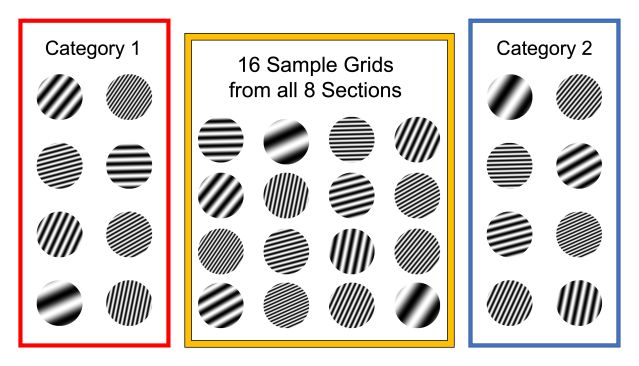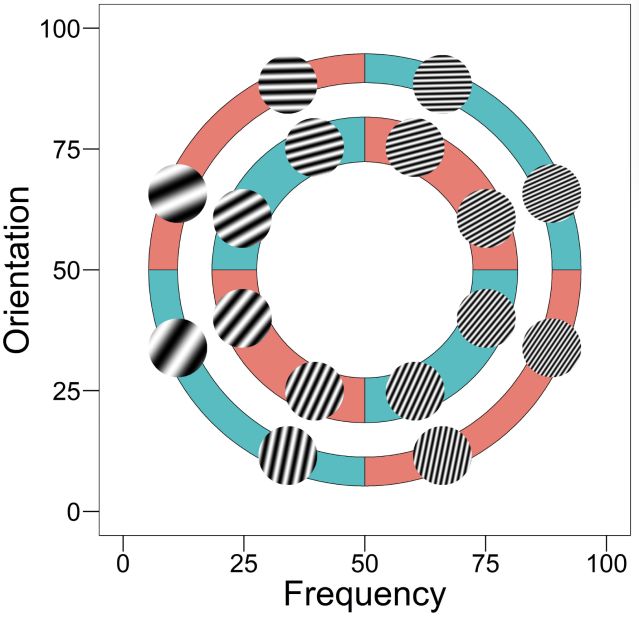Education
Pigeons Can Solve a Task that Would Stump Us
Don’t belittle bird brains.
Posted April 6, 2023 Reviewed by Michelle Quirk
Key points
- Associative learning in humans and animals is routinely discounted as rigid and unsophisticated.
- Powered by associative learning, AI can accomplish amazing things—sometimes matching or even surpassing human performance.
- Recent research resolves this paradox by showing that pigeons using associative learning can solve a task that would stump most people.
Bread–butter. Bird–fly. Hot–cold. Sky–blue. These are just a few of the countless deep-seated associations we’ve all acquired in our prior experience.
The basis of such associative learning is so simple it’s often taken for granted: Events are connected that regularly happen together in time. Yet, associative learning plays a critical part in our lives, among other things, shaping our likes and dislikes. Associative learning also serves as the foundation for the increasingly stunning feats of artificial intelligence.
Might associative learning also empower both humans and nonhuman animals to learn far more challenging tasks than merely connecting one event with another?
Here’s where research with pigeons comes into play. Yes, pigeons!
Although pigeons are often belittled for being dim-witted, 60 years of scientific study have revealed that pigeons are remarkably adept classifiers of complex visual stimuli—from snapshots of common objects such as trees, dogs, keys, and shoes to medical images of human breast tissue and heart muscle. These findings suggest that pigeons possess far more formidable brain power than is commonly believed.
However, there’s a much humbler possibility—the kind of rote associative learning process that enables artificial intelligence to match or even surpass human-level skills in video and board games might also power pigeons’ categorization prowess.
A new study supports this less lofty possibility. My colleagues and I at The University of Iowa tasked pigeons with sorting rather basic visual stimuli into two different categories. The stimuli were circular grids containing stripes of varying widths and angles. Pigeons had to peck one of two buttons to report the particular category to which a given grid belonged if they were to earn a food reward. If the pigeons pecked the incorrect button, then no food was given, and one or more correction trials were arranged until the correct response was made. Only first choices were scored for data analysis.
The task would have been exceptionally easy if either the width (frequency) or the angle (orientation) of the stripes alone determined category membership. However, the task the pigeons had to solve prohibited this prosaic possibility; instead, seemingly haphazard clusters of striped grids were assigned to the two categories. Now, only rote association of the presented grids with the appropriate choice responses provided the effective route to task mastery.
The central area of the figure below depicts a sampling of just 16 out of the hundreds of trial-unique stimuli we showed the pigeons. Staring at them yields no clues as to the two categories from which they had been drawn. Indeed, the two panels flanking the central area also fail to provide any clear basis for the stimuli belonging to one category or the other: Category 1 or Category 2.

Only when you can see from the figure below just how the stimuli had been selected can you grasp the complex structure underlying the two categories. Each of the stimuli was defined by a single point varying along the two dimensions: line orientation and line frequency. Critically, the stimuli were located within two rings each cut into four sections, with members of Categories 1 and 2 alternating both within and between rings (the colors are for illustrative purposes only; the pigeons only saw black-and-white grids). This intricate structure guarantees that correct categorization into these two groupings requires memorizing a prodigious number of nonrepeating training stimuli.

Nonetheless, all four of the pigeons we studied robustly learned this diabolically difficult task, rising from the 50 percent chance level to approximately 70 percent correct. The pigeons’ patience and persistence certainly paid off, but we have yet to subject people to the same grueling task lest they quit in frustration.
We believe the pigeons’ success is due to their deploying an elegant, but highly effective natural associative mechanism that strikingly resembles the artificial associative algorithm programmers commonly upload into today’s digital computers.
Appreciating this parallel between natural and artificial intelligence resolves a peculiar paradox. AI is all the rage now, with the public being continually wowed by AI doing amazing things, matching or even surpassing human performance. Yet, when even experts talk about associative learning in humans and animals, it is routinely discounted as rigid and unsophisticated. Both views cannot be true.
In fact, despite its seeming simplicity, associative learning is capable of powering remarkable feats of cognition by both living beings and human-made machines. Associative learning may not be as fast or flashy as more elaborate forms of learning and problem-solving, but it can sometimes outperform those presumably more sophisticated forms of cognition—as may well have been true in the case of pigeons learning the sectioned-rings task in our recent project.
The study, titled, “Resolving the associative learning paradox by category learning in pigeons,” was published online on February 7 in the journal Current Biology. Study co-authors include Drew Kain, who graduated with a neuroscience degree from Iowa in 2021 and is pursuing a doctorate in neuroscience at Iowa, and Ellen O’Donoghue, who earned a doctorate in psychology at Iowa last year and is now a postdoctoral scholar at Cardiff University. The National Institutes of Health funded the research.
A link to an explanatory video is located here.




